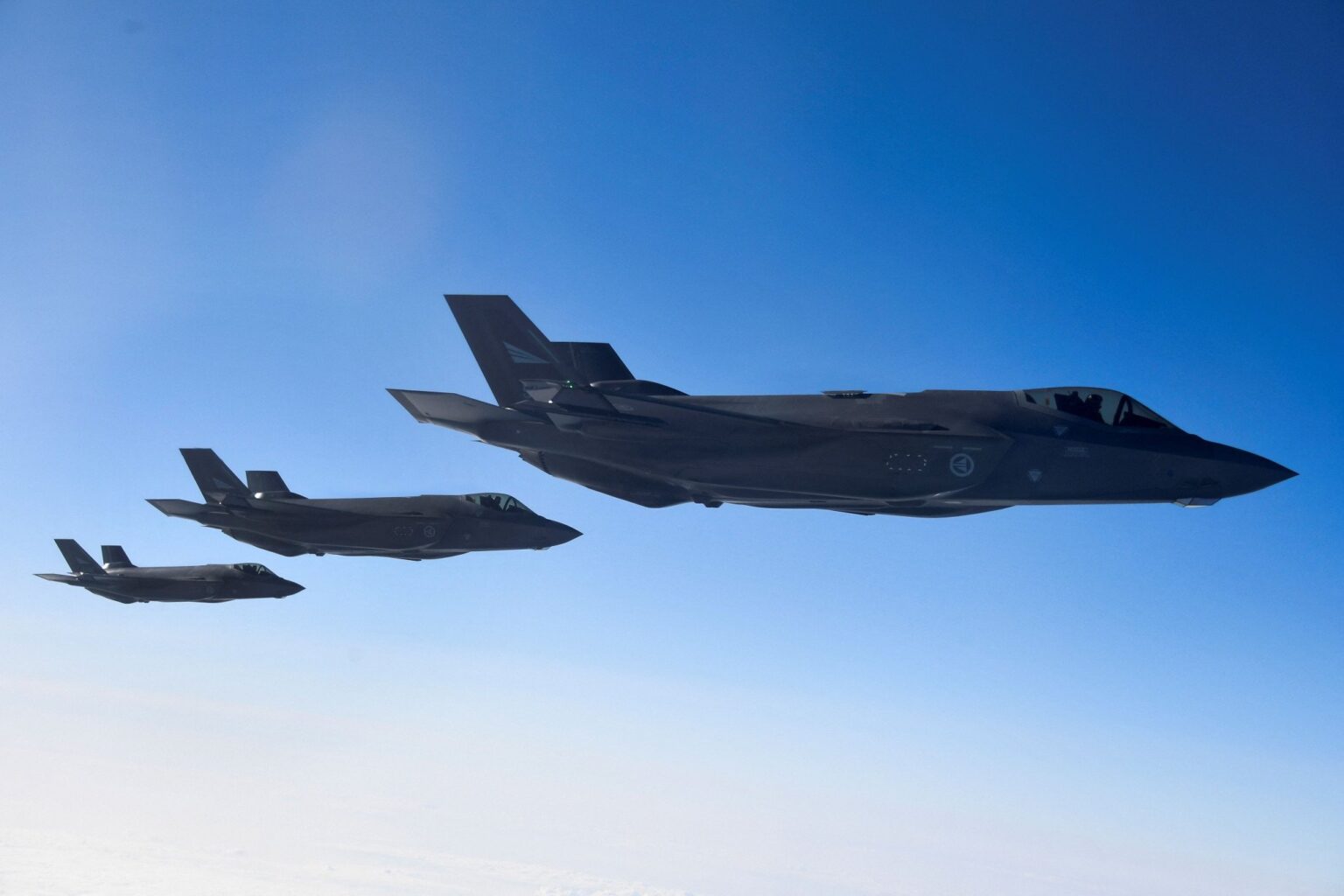NATO and the European Commission have responded forcefully to repeated Russian incursions into member nations’ airspace with warplanes and drones as part of a series of projects to fortify the Western allies’ security against an increasingly aggressive Moscow. The steps occur as Russia continues to provoke, including several October incursions into Norwegian airspace.
Since September 2025, Denmark, Estonia, Poland and Norway have been the focus of highly publicized drone or warplane incursions, actions that temporarily shut down airports and disrupted commerce, prompting military responses. Most recently, a Russian spy plane was intercepted by two Norwegian F-35s in Norwegian airspace on October 21, the second incursion in a week. Since the first incursions of Russian drones into Poland, NATO members have reported 38 incidents, according to the U.S.-based Center for European Policy Analysis, Reuters reported. NATO’s top commander said on the same day that a unified NATO response has appeared to deter Moscow’s more blatant maneuvers. “We’ll have a deterrent effect, but they’re going to continue to try to move and take hybrid approaches to how they challenge the alliance,” said Gen. Alexus G. Grynkewich, NATO’s supreme allied commander in Europe, according to the wire service.
The European Commission in October unveiled its Defence Readiness Roadmap, a four-pillared plan to deter Russian aggression more effectively by 2030. As reported by Politico, the pillars include: the European Drone Defense Initiative; the Eastern Flank Watch; the European Air Shield; and the European Space Shield. The design is to allow multinational collaboration among European states to coordinate their defense purchases in areas in that benefit their home territories and larger continental defense needs. NATO, too, has responded to Russian-linked sabotage in the Baltic Sea with stepped-up aerial and maritime patrols.
Still, Russia has not stopped probing NATO defenses, most recently on October 21 when two Norwegian F-35 fighter jets scrambled to intercept a Russian Il-20 reconnaissance plane over the Barents Sea. The Norwegian Royal Air Force launched the warplanes under NATO’s Quick Reaction Alert program — an operational readiness mission to identify and monitor foreign aircraft approaching national or NATO airspace. During the flight, the F-35s identified a Russian Il-20 operating in international airspace north of Finnmark, according to United 24 Media, a Ukrainian news site. “The Russian aircraft was detected in international airspace north of Finnmark. It was a routine operation without any dramatic elements,” the Norwegian Royal Air Force Command stated, the website reported.

